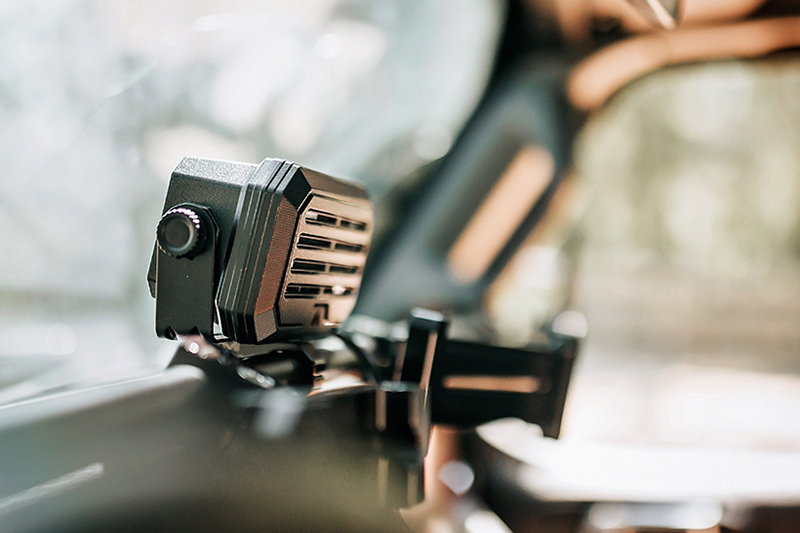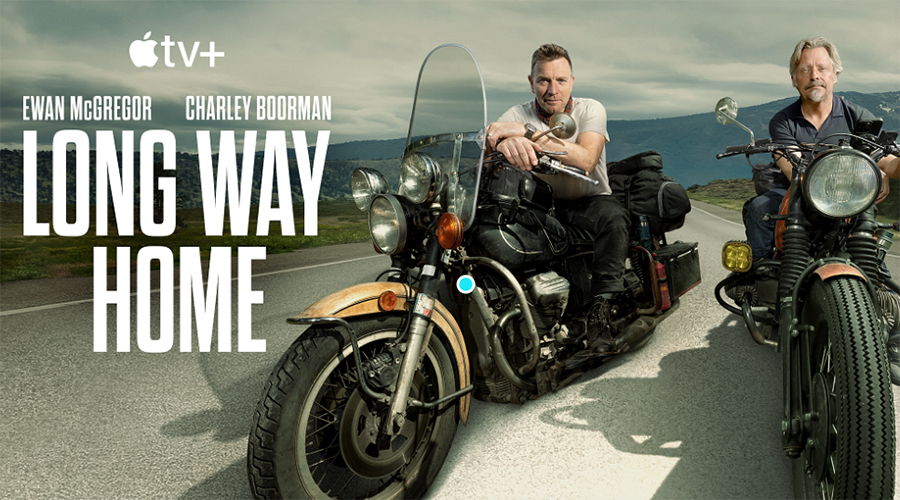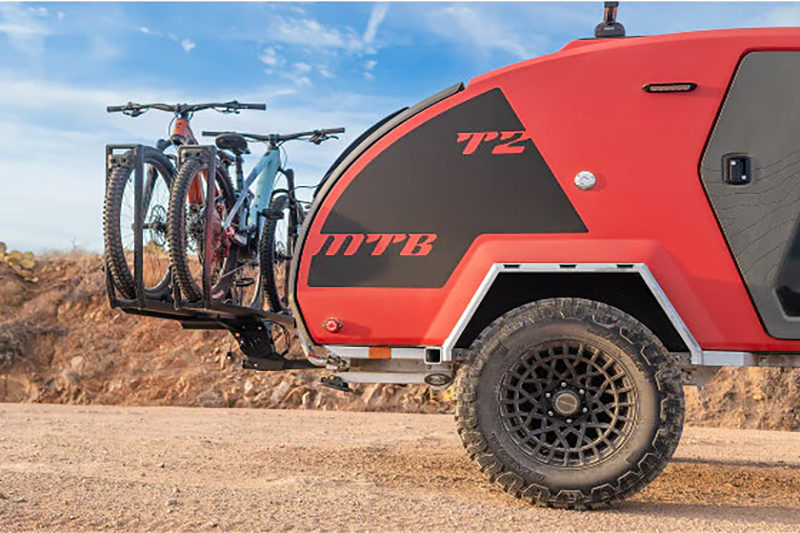Being in good physical shape is critical while exploring overland or recreating outdoors
It was our fourth day on the Kokopelli Trail, and things were getting tough.
The Kokopelli is a rugged 142-mile path through some of the best of the desert Southwest. Starting near Fruita, Colorado, the trail ends near Moab, Utah. Although not the most technical trail in the area, this much time on the road with kids was taking its toll. Some of my old mountain bike racing buddies and our families had traveled from central Oklahoma in four vehicles: a Jeep TJ Wrangler, a Toyota 4Runner and two Jeep Wrangler JKUs, one pulling a packed XVENTURE trailer. Sleep was scarce and at the slogging pace of a loaded 4×4, the roads seemed endless. Patience was wearing thin.
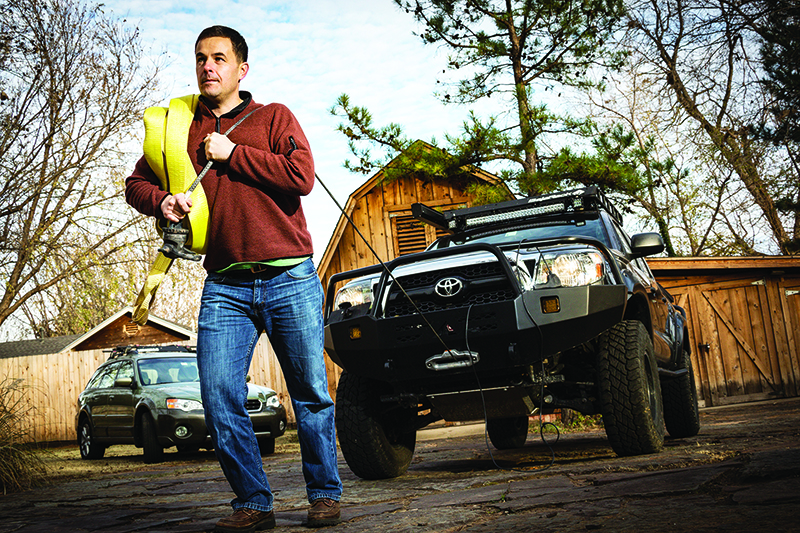
Attitudes plummeted as we began the climb up Top of the World Trail, a difficult ascent to a cliff-edge overlook at 7,000 feet where we planned to camp. There among a spectacular view of Fisher Valley, Onion Creek, and the La Sal Mountains, what should have been a minor mishap negotiating a steep rocky switchback, became an ordeal for our testy group of overlanders. A rock spun loose beneath the JK and the rig lost momentum. The Jeep and trailer were hung up. This was a typical scenario when four-wheeling and should have been no big deal, but we were tired. Everybody had an opinion and confusion added salt to our already raw nerves. Should we winch from here, or there? Should we pile up a bunch of rocks or maybe unhook the trailer? There were a lot of crazy ideas and a few good ones, but deciding which one to try first became a problem all its own. Eventually we got it together and jumped into action. A couple of us began working on moving a boulder lodged beneath the Jeep. Two more pulled winch line and rigged straps and shackles. I lost count of how many trips we made up and down the steep hill but they were adding up. The boulder under the Jeep seemed impossible to move at first but everyone knew what had to be done and stuck to the task at hand. It was growing late and there was no time to rest. We hit our second wind and doubled our efforts. Before we knew it, the Jeep was out and we were rolling.
As overlanders we spend countless hours researching maps and scouring forums for tips and tricks. We learn about the latest and greatest gadgets to make our trips more comfortable. Our vehicles are prepped and ready to roll. Piles of gear are strategically selected for utility and light weight, and everything is carefully packed to minimize space consumption.
But with all the effort and time spent, how much do we focus on our physical selves, the actual heart and soul of the operation? Suitable camping may be farther afield than we thought. Are we ready to pilot our machines for hours upon hours, if needed? Do we have the endurance to clear a series of rockslides or downed trees, change a flat tire, shovel through pools of mud, and pull miles of winch line uphill just to keep moving? Most of all, can we keep clear heads to make safe decisions and keep our team motivated? The answer to all of these questions can and should be a resounding “Yes!”
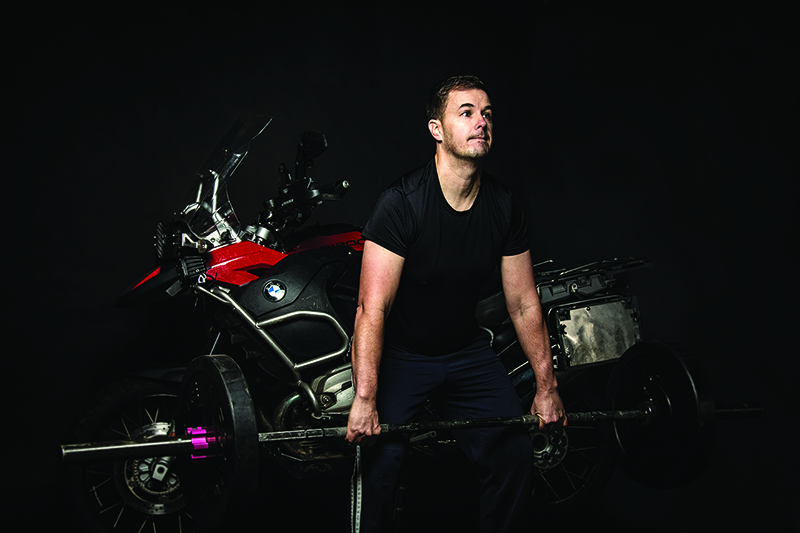
The off-season is a good time to think about fitness. Years of mountain bike racing has taught me to look forward to fall and winter, which brings some of our most pleasant weather for outdoor activity in my neck of the woods. It was a chance for a much-needed break from the race season, to enjoy being outside, and reflect on the year’s accomplishments.
I have taken a similar approach to overlanding. The off-season is a time to assess what went well, what did not, how my Jeep held up, and what new gear I need. And, more importantly, it is a time to consider how I held up physically.
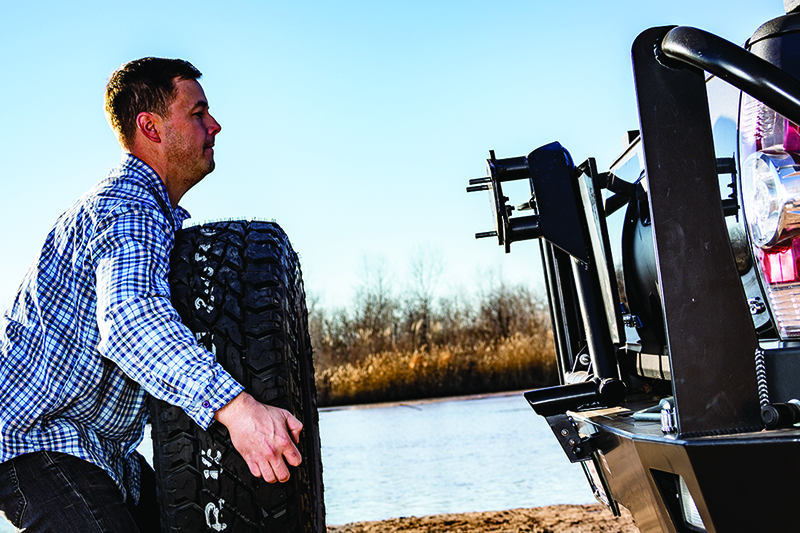
As with any adventure, our fitness plans should include clear and attainable goals. Exercise should be scheduled to fit into our busy lives, and working out should be fun. Start by setting a goal: Finish a 5K, do 100 push-ups, set a world record, anything that will motivate us. Then set smaller goals to help reach that big one. Tell your friends what you are working toward and stick with it.
Schedule your work-outs and hold yourself accountable to a routine. You would never skip a maintenance service on the truck you must rely on in the outback, so don’t skip your exercise. Try to work out at the same time of day a few days per week. Make sure it’s a convenient time and place. Don’t beat yourself up if you miss a workout, but get back on track as soon as possible.
Find activities you, your family and friends enjoy. Whether it’s a bicycle ride, a group trail run, or playing outside with your kids, get out and move your body for at least 30 minutes at a time.
As a mountain bike racer, I loved riding trails with friends. We pushed each other to ride faster and farther. Not only did we get in shape, but our brains learned to put up with the stress our bodies were experiencing and to function even as we dealt with mechanical issues. The same habits have followed us into overlanding. Mental toughness is a common trait among humans who are serious about their fitness. I believe that grit and determination are links in an overlander’s DNA as well. A strong body helps ensure strong character. When things get tough we don’t simply turn around. We know our vehicles, our team, and our bodies will be ready for anything we might encounter.
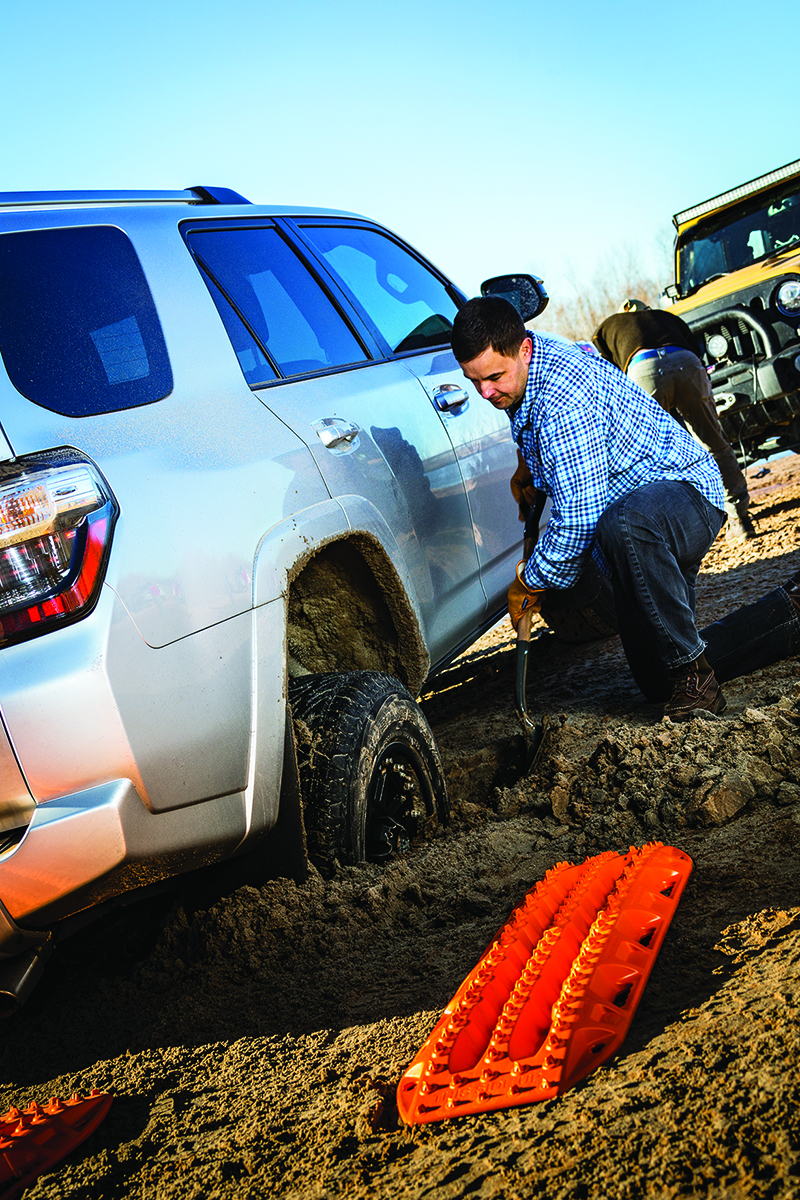
You don’t have to race mountain bikes, but as you plan equipment upgrades for the year ahead, don’t forget about you. As you consider a new lift for more articulation from your suspension, work on your flexibility. When you look for a place to hang more jerry cans, make time to work on your endurance. As you upgrade your motor, increase your strength. Our bodies are like our adventure vehicles; we can build them to stand up to almost anything.
As our trail-worn group inched its way up to the Top of the World, a routine vehicle extraction could have triggered an argument. But instead, a “get’er done” mindset and fitness prevailed and we made it to the top with vehicles and friendships intact. The view was even better because of the sweat it took to get there, and no one had a problem falling asleep. The next day’s descent was no walk in the park. Slowly bumping along, moving and piling rocks, walking ahead to scout the trail, and a bit of wrenching took its toll. Physical exertion and stress could have gotten the best of us, and at different times each of us might have been ready to throw in the towel, but our experiences training together helped us keep moving forward. If someone looked tired, another would remind them to eat or drink. A motivating word thrown in at random would lift the spirits. It was almost dark when we hit Moab and Red Cliffs Lodge for a much-needed break, but we felt we had won a victory.
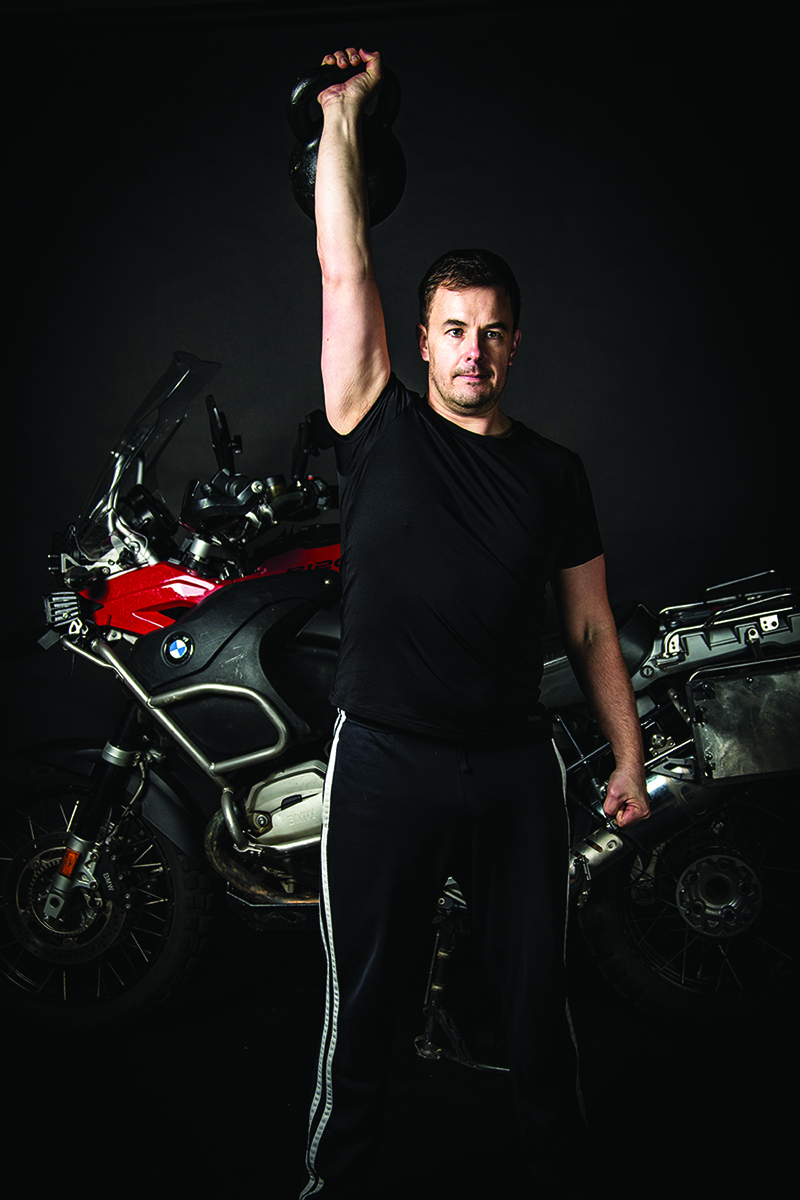
As I look back, I realize that fitness is what got us through those tough challenges on the Kokopelli Trail. We had the physical ability to keep moving under stress, knowing that there was always a bit more in the tank. Every barbell we had lifted, every kettle bell we swung, and the countless stairs we had climbed paid off. Our team was not going to quit, because we were physically ready.
OutdoorX4 Magazine – Promoting responsible vehicle-based adventure travel and outdoors adventure






